This idea has been written, read and said before, but when you experience it yourself, it’s so much more powerful:
Great architecture inspires people. The benefits of this inspiration are unquantifiable but real.
My favourite case-in-point: the RC Harris Filtration Plant on the eastern Toronto lake shore. It was constructed in the 1930’s, during the Great Depression. Its champion was Roland Caldwell Harris, Commissioner of City of Toronto Works. Because of its grand scale and use of (then) avant-garde design and rich interior materials like brass and marble, it became known as ‘The Palace of Purification’. The facility remains the largest collection of Art Deco buildings in Toronto (see sidebar).
The definition of Art Deco has always confused me. It’s primarily an architectural and industrial design concept. Graphically, it starts with the use of geometric patterns with bold contrasting colours for ‘decoration’ (see above).
It also seems to include murals, friezes and sculptured structural elements. The the original Toronto Stock Exchange building (see below), now home to Design Exchange, has all of these elements.
The typical urban utility building constructed today, in all its cubic cinder-block glory, is designed for short-term cost minimisation. Somehow, the RC Harris Filtratiuon Plant was designed and built during Canada’s most economically difficult decade in history. This is likely why it took more than 10 years to complete. And there was certainly some political design in building this inspiring facility during the Great Depression. Michael Ondaatje covers this angle in his interesting 1987 historical fiction, ‘In the Skin of a Lion’ [1].
Nothing particularly exciting happens here. Millions of litres of water are pumped from Lake Ontario and filtered every day. This is analogue work based on fairly primitive engineering concepts. But it’s an essential service that takes on a sense of nobility because of the place where it’s done.
The RC Harris Filtration Plant happens to be at the end of a long downhill stage that comes early in my morning run along Toronto’s Beach Boardwalk. As I wind around the magnificent buildings down to the lake, I imagine the people driving or walking to work here feeling uplifted when they arrive every day, at least a little bit. For more than 75 years now, and counting. I can’t put a hard number on the human and economic benefit of that, but I know it’s real. Even acknowledging my personal endorphin-induced bias.
Some mornings are more spectacular than others. Design something beautiful for the people and you will always get a return on investment.
- In the Skin of a Lion. Michael Ondaatje. Toronto: McClellend and Stewart, 1987. Written five years before his award-winning “The English Patient”.
- Image credits:
- RC Harris WTP aerial view: Jose San Juan
- RC Harris WTP west view: Taylor Hazell Architects
- RC Harris WTP interior: The Globe and Mail
- RC Harris WTP at sunrise: @bobbybicycles (Instagram)
- EY Canada building: Greg’s Southern Ontario (flickr)
- TSE building: unknown
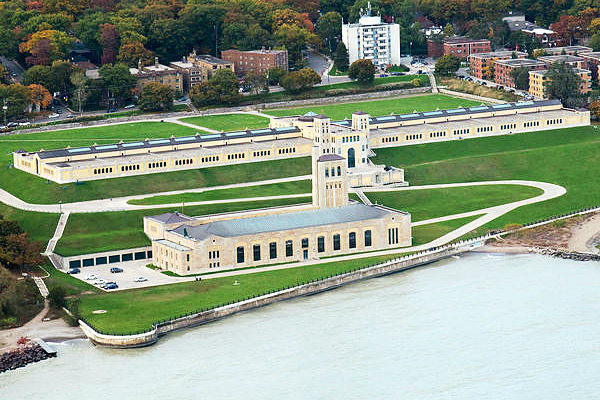
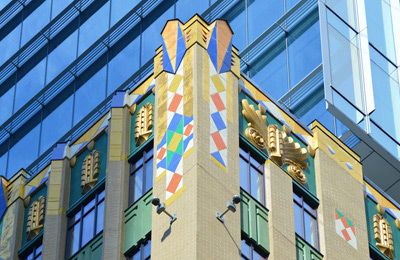
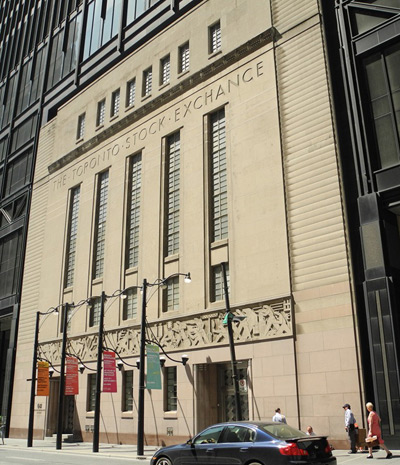
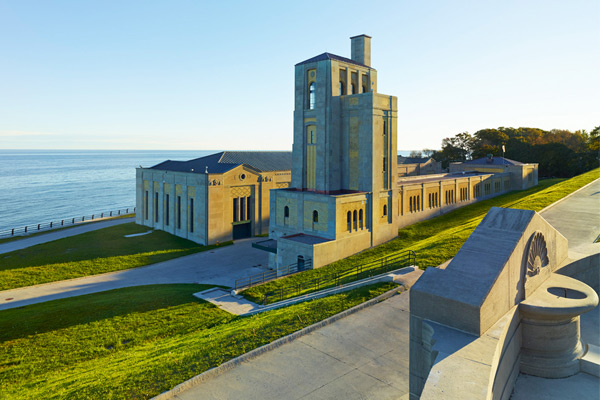
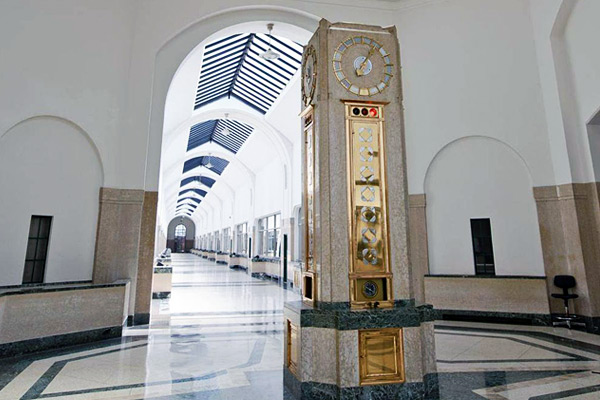
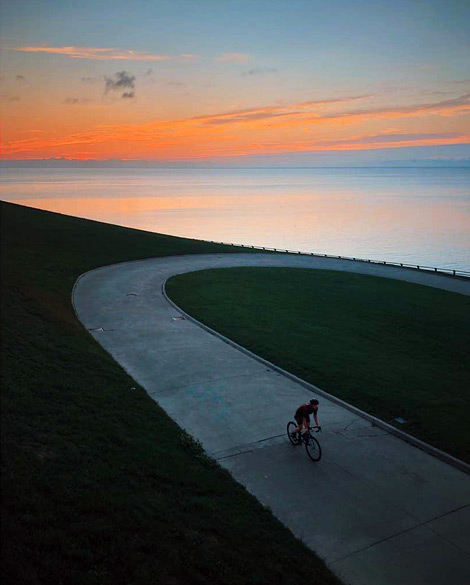
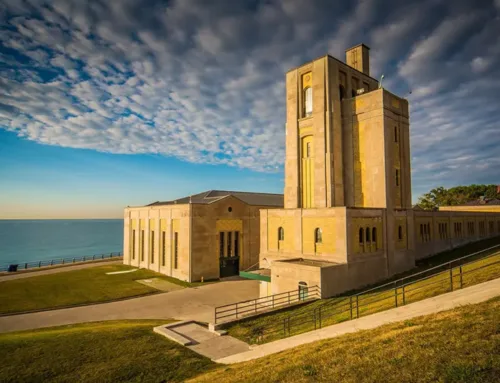
Thanks for this, Robert. It is my favourite building in the city and as a photographer I’ve shot it on many occasions. I’ve even placed a car I wanted to sell in front of the pump house south door where the large coach-lanterns flank the door, just to differentiate it from every crowded car photo in the Auto-Trader. It sold immediately.
That’s smart marketing!